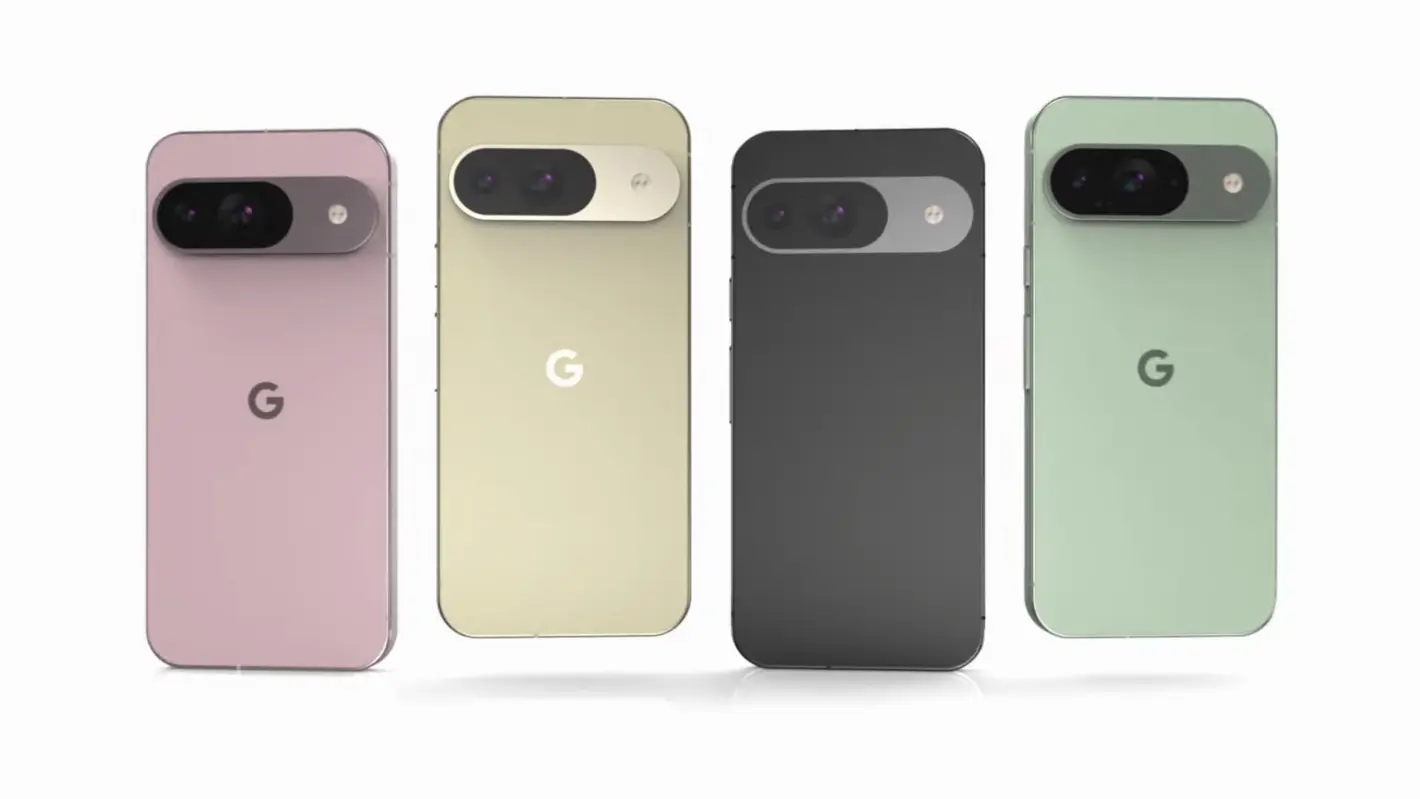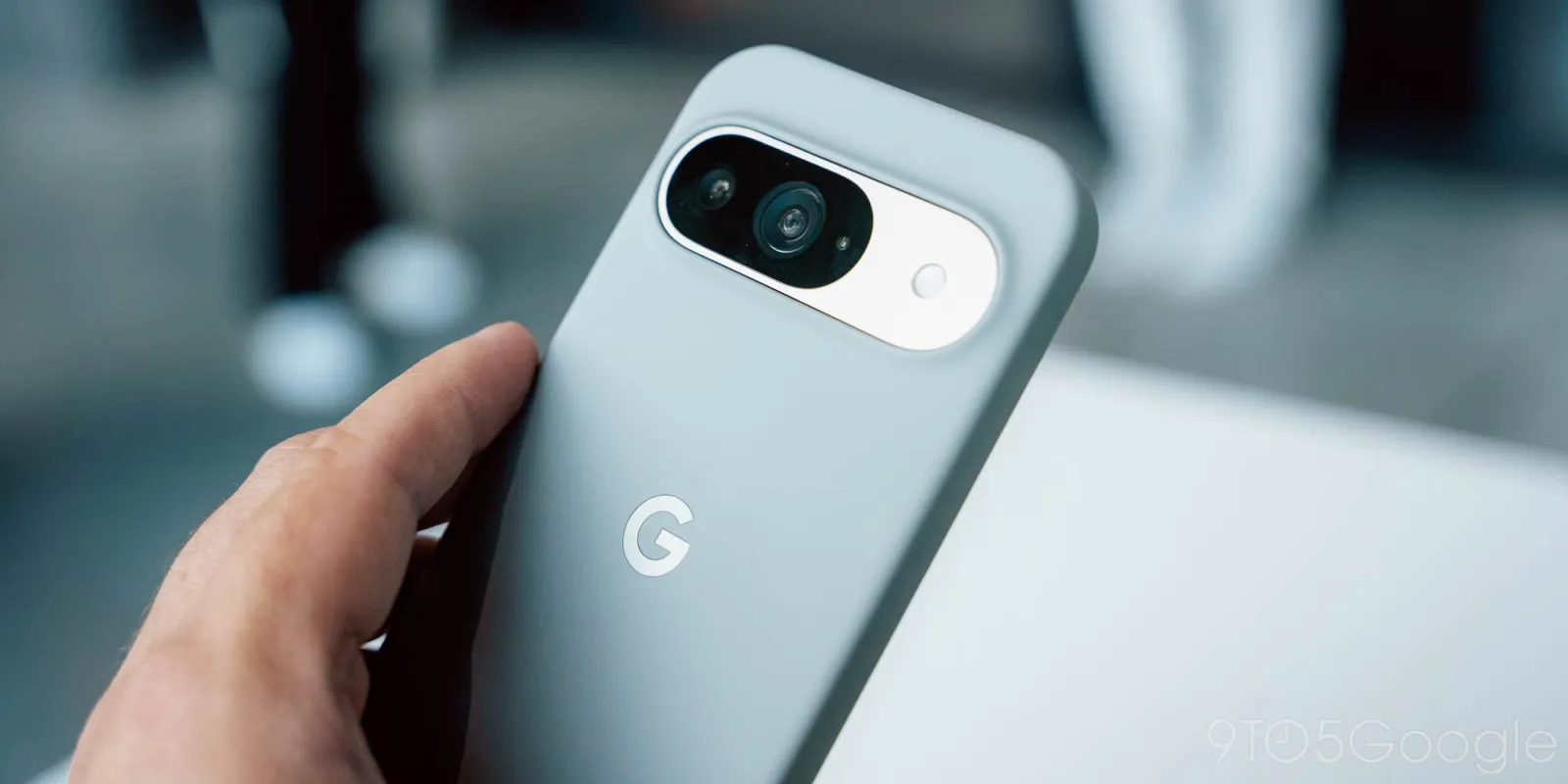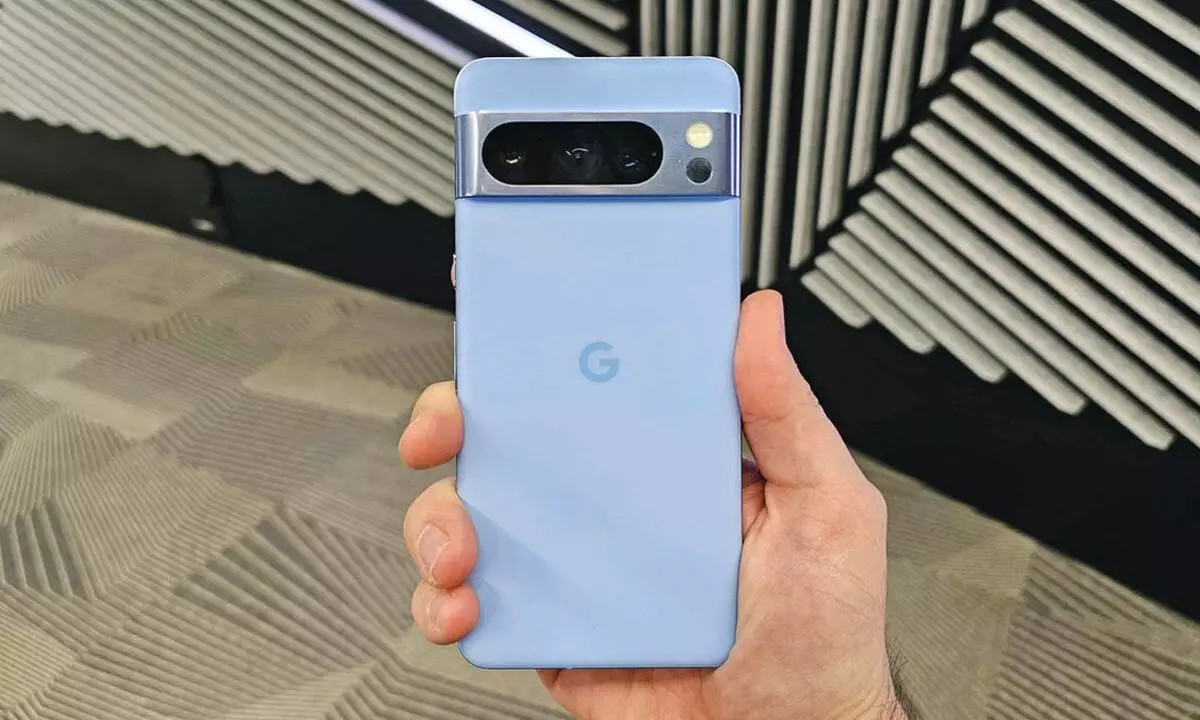Google has always been at the forefront of integrating sophisticated technology with sleek design in its smartphone line-up, and the anticipated Pixel 9a is no exception. Expected to launch at the forthcoming I/O 2025 developer conference, the Pixel 9a is already generating buzz for its revolutionary design tweaks and advanced features, setting a new benchmark in the mid-range smartphone market.

A Design Revolution: Goodbye Camera Bar
One of the most talked-about changes in the upcoming Pixel 9a is its design. Leaked renders provided by OnLeaks and reported by Android Headlines show a notable departure from the traditional Google design aesthetic established with the Pixel 6. The new model is rumoured to feature a completely flat rear panel. This means no protruding camera bar, and not even the slightest camera bump—a design that could see the phone lying perfectly flat on surfaces, a stark contrast to previous models. The transition from a bar to a pill-shaped cutout in the Pixel 9 models was just the beginning. The Pixel 9a appears to simplify this further, hinting at a design that integrates twin inset lenses within a minimal housing on the back. This could be the flattest Pixel yet, potentially making it as flat as a pancake, as some might jest.

Enhanced Features and Performance Expectations
While the design is a clear standout, the Pixel 9a is not just about looks. It’s expected to pack substantial hardware improvements and software upgrades. Rumours suggest it will operate on Android 15, a step up from the earlier models at launch. Furthermore, mirroring the Pixel 8a’s promise, the 9a might come with seven years of updates, ensuring longevity and improved security. The device might also sport an upgrade in camera capabilities with a new lens array that closely mirrors those of the more premium Pixel 9—potentially upgrading from the Pixel 8a’s 64 MP wide-angle and 13 MP ultrawide lenses. This enhancement will likely appeal to photography enthusiasts looking for high-quality imaging in a more affordable smartphone.
Consistency in Core Specs
The Pixel 9a is expected to maintain consistency with its predecessors in terms of core specifications. It may feature the same 6.1-inch screen seen in the Pixel 8a and could include the newer Tensor G4 chip, providing more power and efficiency. The continuation of 8 GB of RAM should suffice for AI-based tasks and applications, which Google is keen to push with its Gemini project on mobile platforms.

Pricing and Market Positioning
Google’s strategy of maintaining a $500 price point for the Pixel 8a was well-received, offering a solid alternative for those who need a robust smartphone without the hefty price tag typically associated with high-end models. The company is likely to continue this approach with the Pixel 9a, aiming to capture both tech-savvy consumers and those seeking great value. As we approach the official unveiling of the Pixel 9a, the anticipation builds not just for a new device but for what could be a new direction in smartphone design. Google’s commitment to combining aesthetic simplicity with advanced technology may set new standards in the industry and redefine what users expect from their mobile devices. Keep an eye out for this exciting launch, which could once again demonstrate Google’s prowess in innovation and consumer insight.









